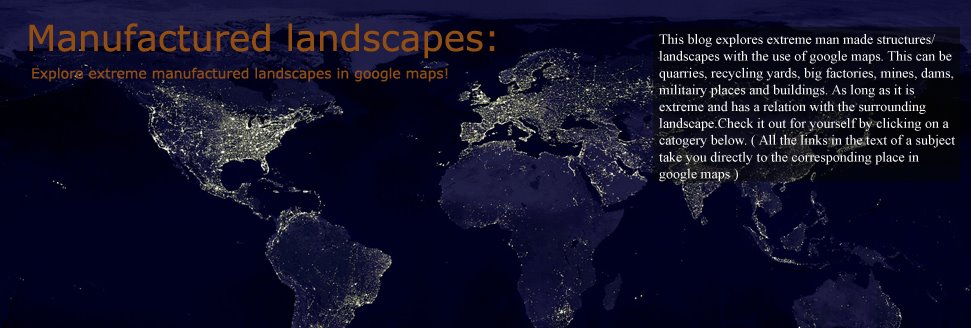Alumina refineries
Alumina refineries:
Alumina, or aluminium oxide is refined from bauxite in a caustic soda/high temperature process. Caustic solution is used to dissolve the alumina, which is settled out, filtered and heated to evaporate the water. The resulting fine white granular substance is then smelted in so called aluminium smelters.
The biggest alumina refinery in the world has opened in 2008 in the northern Brazilian town of Barcarena. The refinery provides seven percent of global aluminum production, with an annual output of 6.26 million tons. In the picture below you can see the plant when it was under construction:
Most of the other big alumina refineries in the world are located in Australia (Which is among the biggest pruducers of aluminium in the world). This alumina refinery in Pinjarra in Western Australia with an Annual production of 4.2 million tons is the world's second biggest. The waste ( red mud) coming from the factory is pumped into a giant disposal site where it is stored. This red mud is not a hazardous waste and can be disposed of in an environ-mentally neutral manner. In the pictures below you can see such red mud disposal sites from a aluminium refinery in Ukraine:
The third biggest in the world is the Queensland alumina limited refinery located in Queensland Australia. It has a capacity of 3.95 million tons a year:
In Gove in Northern Territory in Australia this alumina refinery is located with a producion of 3.6 million tonnes. This refinery also has it giant disposal sites. The bauxite itself which is used in the refinery is mined here and brought to the refinery by pipe lines.
Among the ten biggest in the world are also this refinery in Worsley in Australia with an anual production of 3.5 milllion tonnes, this one in Weiqiao in China (2.5 million tonnes), this one in Wagerup in Australia ( 2.4 million tonnes ), this refinery in Point Comfort in Texas (2.3 million tonnes and the biggest of the U.S ):

and the Paraman alumina factory in Suriname ( 2.2 million tonnes ). Read more...


































































